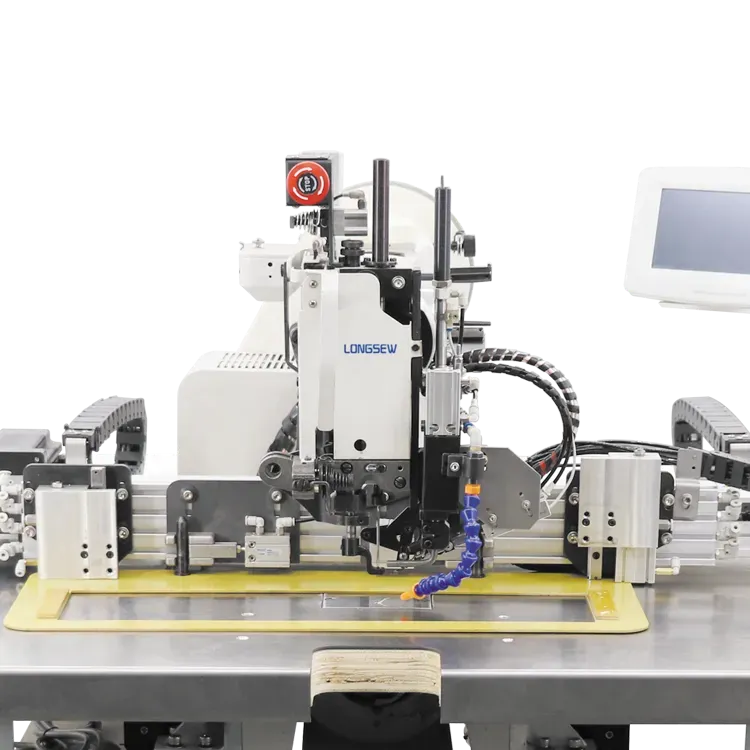Essential Components for Leather Sewing Machines You Need to Know
Understanding Leather Sewing Machine Parts A Comprehensive Guide
Leathercraft is an intricate art that requires precision and the right tools. Among these tools, a leather sewing machine stands out as one of the most essential. Whether you are a seasoned leatherworker or a beginner, understanding the various parts of a leather sewing machine can enhance your sewing experience and improve the quality of your projects.
1. Needle
The needle is perhaps the most crucial component of any sewing machine, especially when working with leather. Leather needles are designed with a sharp point to penetrate thick material without causing damage. They often come in varying sizes, allowing you to choose the one that best fits the thickness and type of leather you are using.
2. Presser Foot
The presser foot holds the leather in place during sewing. There are specialized presser feet for leather that provide a better grip, ensuring that the material does not slip as you sew. Various styles of presser feet are available, including walking feet and teflon feet, which are ideal for working on thick or slippery materials.
3. Feed Dogs
Feed dogs are small, toothed gears located under the presser foot that move the leather fabric forward as you sew. For leatherwork, having adjustable feed dogs can be extraordinarily beneficial, as it allows you to control the pace and precision of your stitches. Ensuring that the feed dogs are clean and functioning properly is essential for consistent results.
4. Bobbin and Bobbin Case
leather sewing machine parts

The bobbin is a small spool that holds the lower thread used to create stitches. The bobbin case keeps the bobbin securely in place. When sewing leather, it's essential to use a strong, heavy-duty thread to prevent breaking or fraying. Making sure your bobbin is filled correctly and that the thread tension is properly set can dramatically impact stitch quality.
Thread tension is crucial in leather sewing, as improper tension can lead to loose or uneven stitches. The tension assembly allows you to adjust the tightness of the upper thread. A well-calibrated tension will create strong seams and enhance the overall finish of your leather projects.
6. Throat Plate
The throat plate is the flat surface beneath the needle and feed dogs that provides stability while sewing. For leather, using a throat plate with a smooth surface minimizes friction, ensuring easy feeding of the material. Some throat plates come with different hole sizes to accommodate various needles and threads.
7. Motor
The motor powers the sewing machine, and selecting a powerful motor is especially important for leather sewing, as it needs to penetrate thicker materials efficiently. Look for machines with adjustable speeds, enabling greater control over your sewing pace.
Conclusion
Understanding the various parts of a leather sewing machine is essential for anyone looking to excel in leather crafting. Each part plays a unique role, and proper maintenance can lead to smoother operation and better results. By familiarizing yourself with these components, you'll be better equipped to tackle any leather project with confidence. Whether you're creating bags, wallets, or custom accessories, a well-functioning leather sewing machine can make all the difference. Happy sewing!
-
Zigzag Sewing MachineNewsMay.12,2025
-
Single Needle Sewing MachineNewsMay.12,2025
-
Overlock Sewing Machine PriceNewsMay.12,2025
-
Heavy Duty Industrial Sewing MachineNewsMay.12,2025
-
FIBC Sewing MachineNewsMay.12,2025
-
Cylinder Bed Sewing MachineNewsMay.12,2025
-
Revolutionizing Sewing with CNC TechnologyNewsMar.28,2025





























